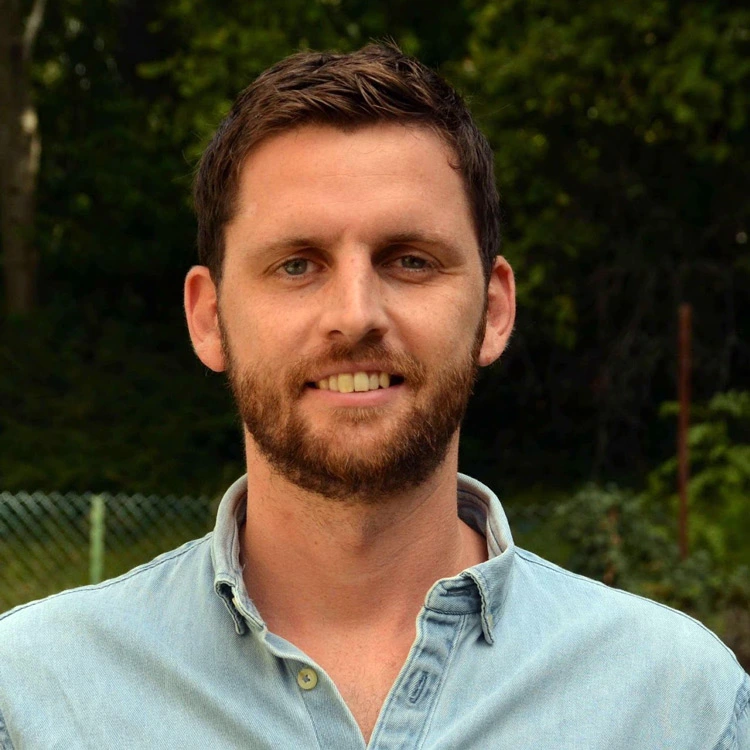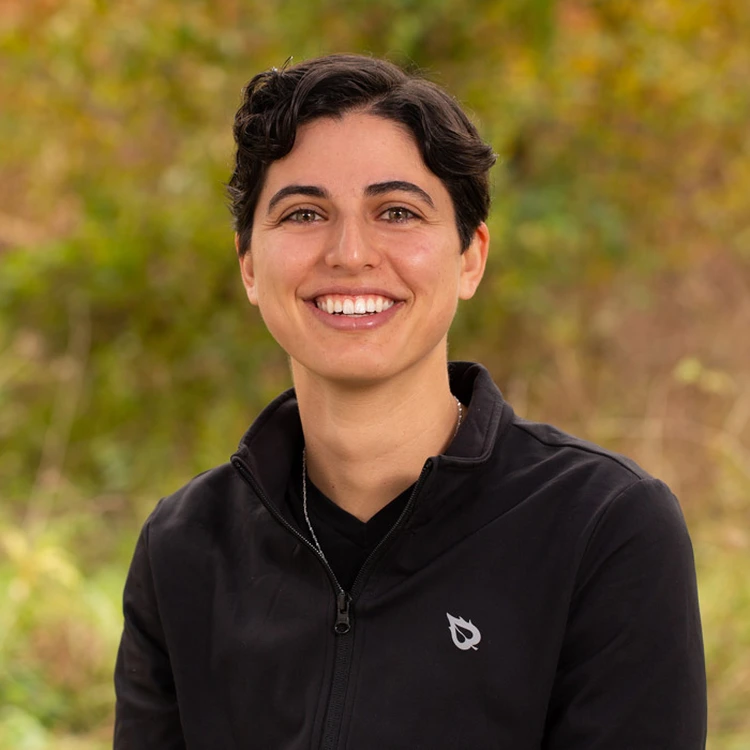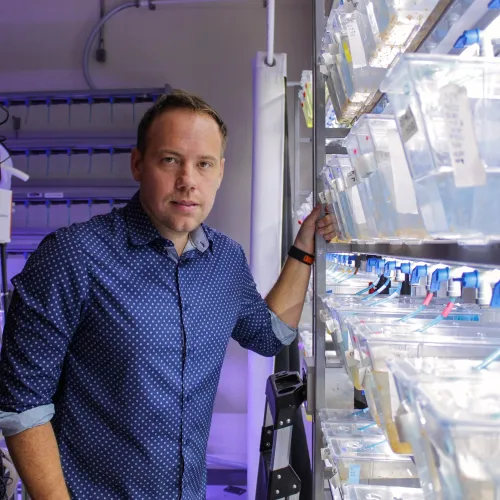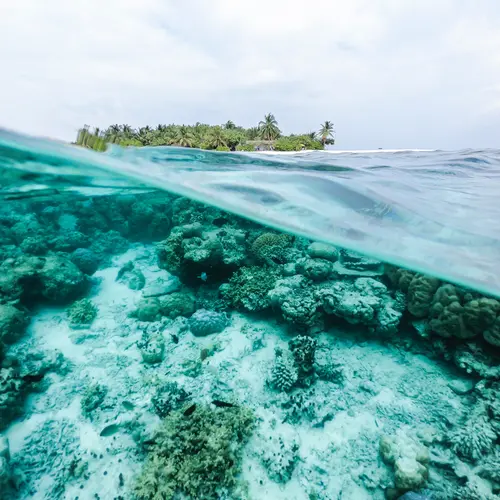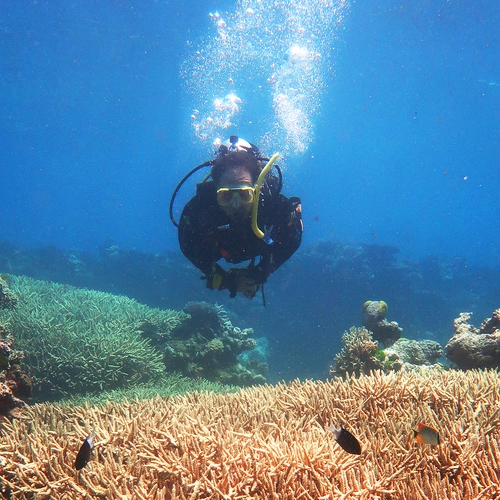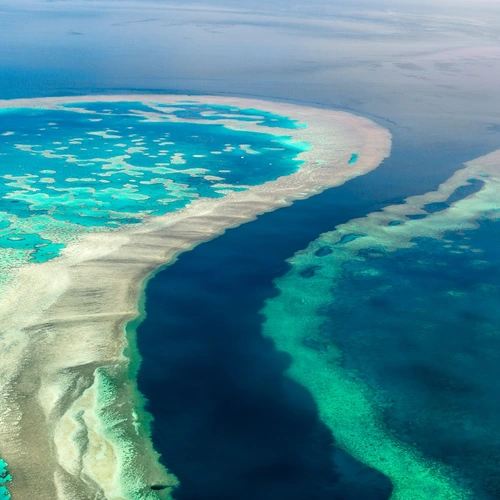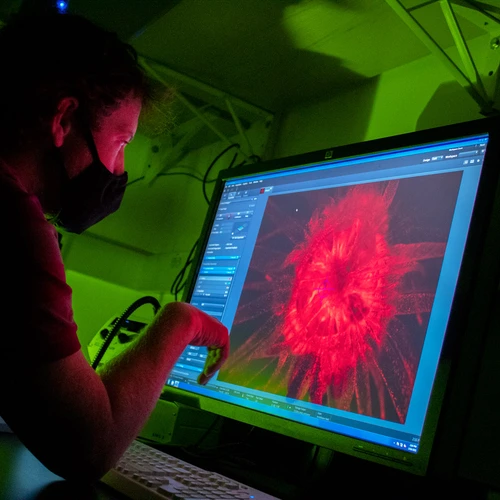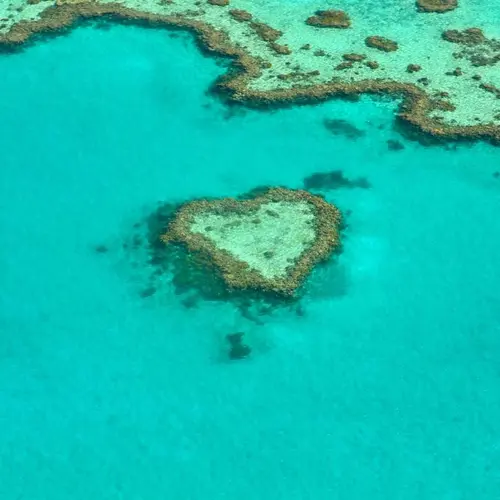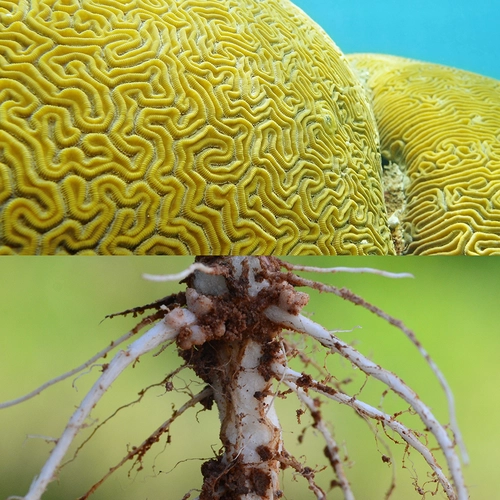Research
We study the charismatic and ecologically important symbiosis between coral and their intracellular algal symbionts. We focus on this particular symbiosis for two main reasons. First, it is a dramatic example of a beneficial endosymbiosis in animals. These types of interactions are poorly understood. Second, this symbiosis is critical for the survival of coral reefs, and its breakdown (or “coral bleaching”) due to anthropogenic stressors, including climate change, is leading to the global decline of coral ecosystems. The loss of these biodiversity hotspots is causing extensive economic and human health damage.
Despite the importance of this symbiosis, its molecular underpinnings are not well understood. This has been due primarily to the lack of tractable laboratory model systems and a lack of genetic tools. During the past several years, we have established genetic methods, such as morpholinos and CRISPR-Cas9, in both corals and a model system for coral biology, the symbiotic anemone Aiptasia. Our lab uses these new genetic tools and a combination of cellular, molecular, and developmental biology techniques to study symbiosis in both Aiptasia and reef-building corals.
Contact Phil Cleves
Current Themes
Using a combination of ‘omics approaches, we have identified a set of genes and pathways potentially involved in the early steps of symbiosis formation and the maintenance of symbiosis. We are applying our novel genetic techniques to characterize the gene regulatory networks required for symbiosis.
Corals and anemones vary naturally in their tolerance to the stresses that cause bleaching. Major genetic contributors to this variation are both the cnidarians’ own genotypes and those of their algal symbionts. We are using model systems to discover how algal symbionts impact the ability of the host to tolerate stress.
Despite hundreds of studies, we still do not understand the mechanisms that trigger and/or protect against bleaching. Several models have been proposed, but most have not been tested adequately. We are using a combination of genetic and cellular studies in Aiptasia and coral to investigate these mechanisms.
We are continuing to expand the number of state-of-the-art molecular techniques available in symbiotic cnidarians. These new tools will continue to facilitate the discovery of basic principles of symbiosis and animal-microbe interactions, broadly.





